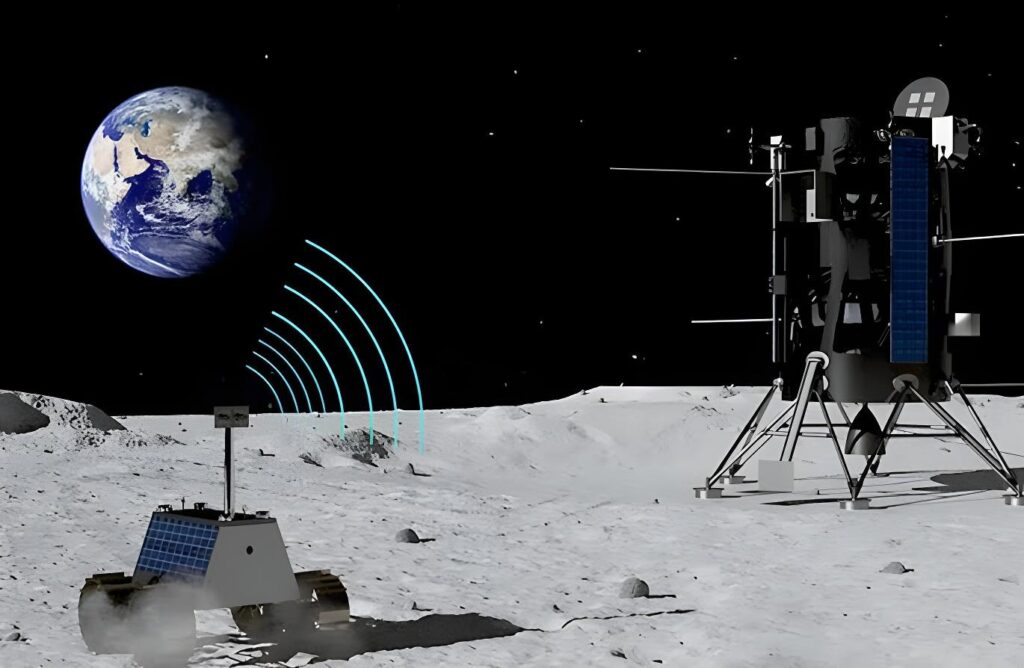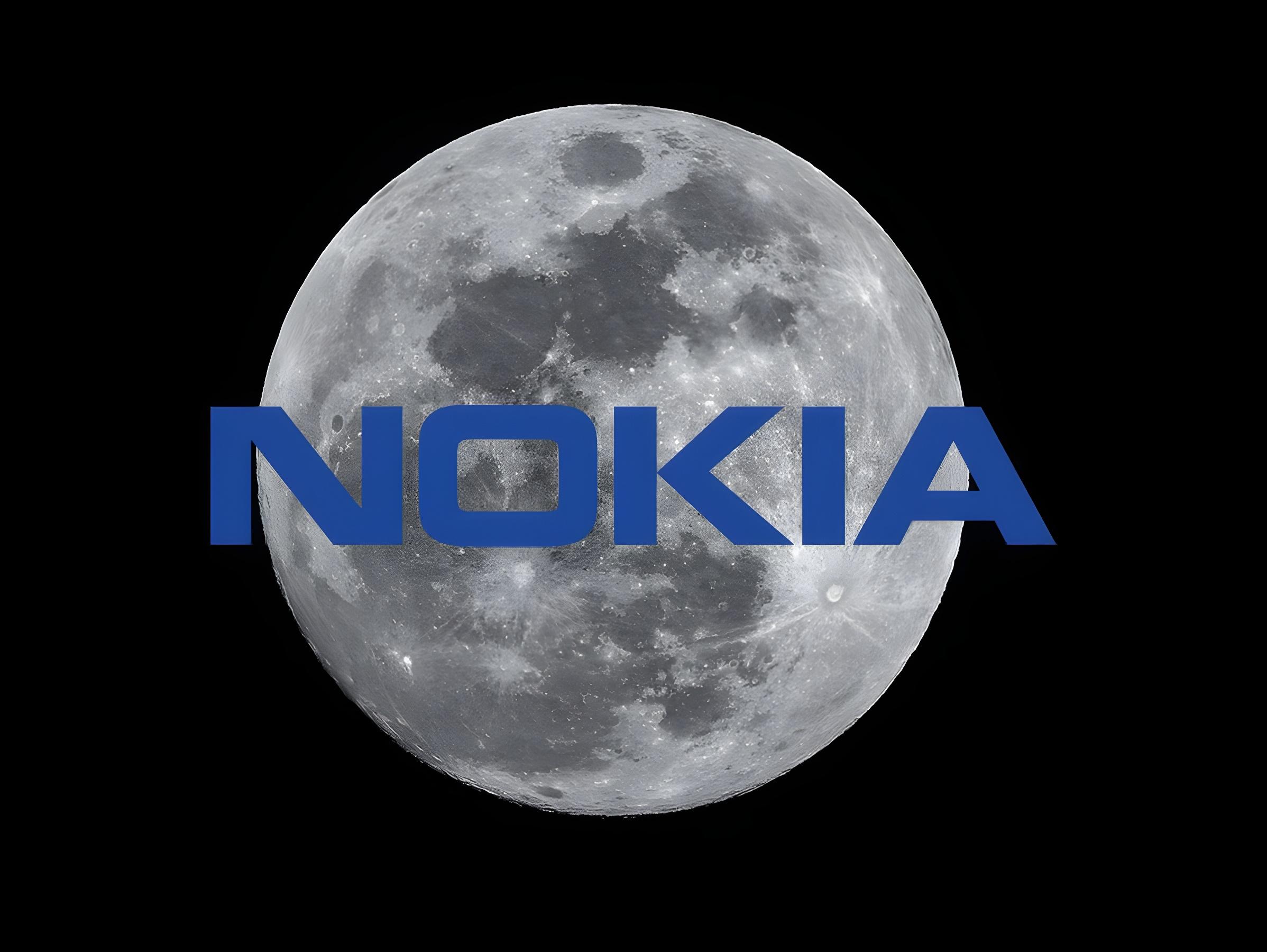The moon is now online! Nokia has launched the first-ever 4G network on the lunar surface, bringing Earth-like mobile connectivity to space.
The Intuitive Machines Athena lander, carrying Nokia’s technology, was launched on February 26 and is expected to land near the moon’s South Pole on March 6, 2025. Once it touches down, Nokia will activate the 4G system, linking with the MAPP rover and Micro Nova Hopper drone to ensure continuous coverage.

Until now, space communication relied on radio signals that required a clear line of sight. This worked for past missions, but with NASA’s Artemis Program planning to send astronauts back to the moon by 2028 and build a lunar base in the 2030s, a more advanced system was needed. Nokia’s 4G network will provide stable and fast connections, making data transmission easier for future missions.
This breakthrough supports NASA’s Intuitive Machines IM-2 mission, marking the first time mobile technology will be used on the moon. According to Wccftech, this is a crucial step toward establishing a long-term human presence beyond Earth.
In the future, Nokia plans to expand its lunar network to support lunar habitats and even integrate 4G/5G into astronauts’ spacesuits, allowing them to stay connected as they explore the moon.
With this milestone, the moon is no longer just a distant celestial body—it’s officially connected! And as technology pushes the boundaries of exploration, one thing is clear: the stars are no longer out of reach—they’re just a signal away!


